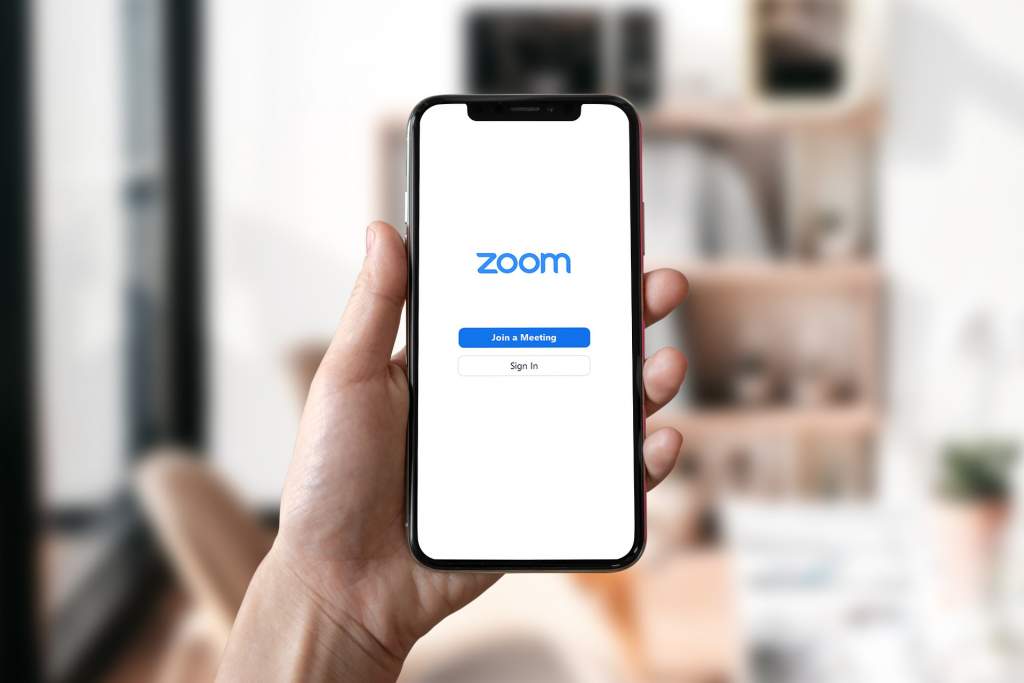Closing the Communications Gap between Younger and Older Employees
Learning & Development 18th September 2023

If you talk about the need for better communications within an organisation, most employees will now think of a screen. Older employees will see a face.
With an ageing workforce and more employers keen to keep hold of skills and experience, such a fundamental mismatch matters for everyday relationships and performance. Because, generally-speaking, we’re not the good communicators we think we are. Despite more than a hundred years of office working, staff in organisations still struggle to have ‘good’ conversations — the kinds that are genuinely open, reasonable, take other people’s needs into account and aren’t based around politics, a fear of disagreement or challenge.
The impact of instant conversations
The new ‘normal’ of using digital platforms for instant conversations, increases the availability and volume (in terms of quantity and noise), but only exacerbates the issues involved. Digital media isn’t only a tool made by people; it’s also fundamental in how they communicate, how they see and treat each other.
So that’s changing how we work, and also the rules of workplace life. Little worlds based on long-established traditions of behaviour, subtle codes of manners and deference, of implicit trust and nuanced conversations, are being swept away.
This creates tensions between generations over behaviours: managers who have to cope with team members with a sense of entitlement to feedback, to air personal opinions, a right to comment on how they are managed – as much as managers have the right to comment on their performance; a lack of respect for age and the experience that goes with it; and as a result, rather than the manners that were used to oil the workplace, more blunt and transactional forms of management. There’s a mix of old and new attitudes and behaviours, a sense of old civilisations and the arrival of the barbarians, the generations of people who speak as they find.
The ability to have good conversations — or what might be called ‘Conversational Integrity’ — lies at the heart of the issue. The technology itself is just a tool. What’s needed in organisations is better skills, better processes for encouraging good conversations, an understanding of difference and constructive ways to make the most of those differences.
The importance of a ‘clear air’ culture
HR teams can encourage more understanding and awareness of ‘good’ conversations to defuse issues. What matters is having a reasonable and mature ‘clear air’ culture.
Staff at all levels need to have enough trust in the organisation to feel able to be open about their issues, knowing that differences of opinion can be useful, and will always be managed in a constructive way.
Strong, well-understood and recognised systems for dealing with minor grievances and clashes, for informal paths to mediation, are fundamental — as are all processes that encourage open, face-to-face conversations and communication, that provide a balance to the dependency on digital communications.
For example, managers need to structure their communications and relationships with staff in ways that provide an important element of time, to mitigate against knee-jerk reactions and voicing of instant opinions.
That’s why the face-to-face method needs to be used as much as possible. They provide a useful series of pauses to arrange and set up and deliver, ensuring time for reflection and a context where thought and behaviour will be different.
And in support of this approach there needs to be work on ensuring people understand that face-to-face doesn’t just mean bad news. Conversations only improve when they are a natural and regular part of working lives, not as an event — being summoned to a meeting, or into a weekly team slot.
Make sure there are consistent messages about expectations of staff in terms of open conversations; and make it clear about support and development available; encourage senior managers and leaders to be the role models, and put more time and resources into supporting people to move towards dialogue with each other and away from escalating their negative feelings.
An older demographic in the workplace is just another form of diversity. And as with all areas of diversity, challenges and prejudices disappear and become irrelevant when there are open, grown-up conversations.
Arran Heal, Managing Director
Image by Biljana Jovanovic